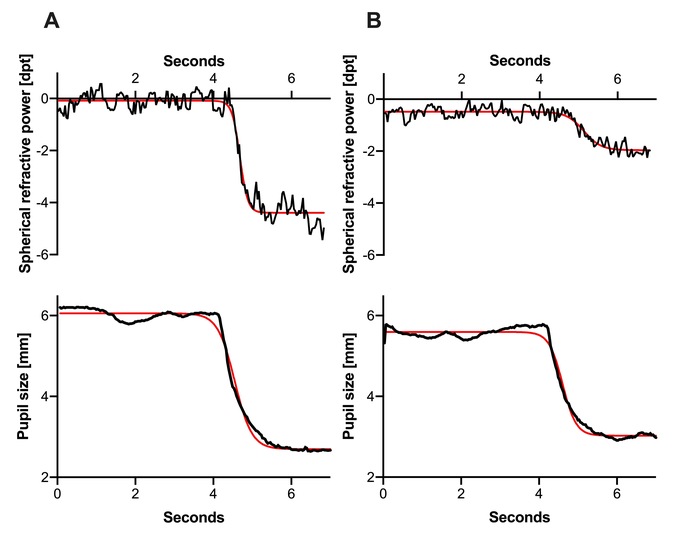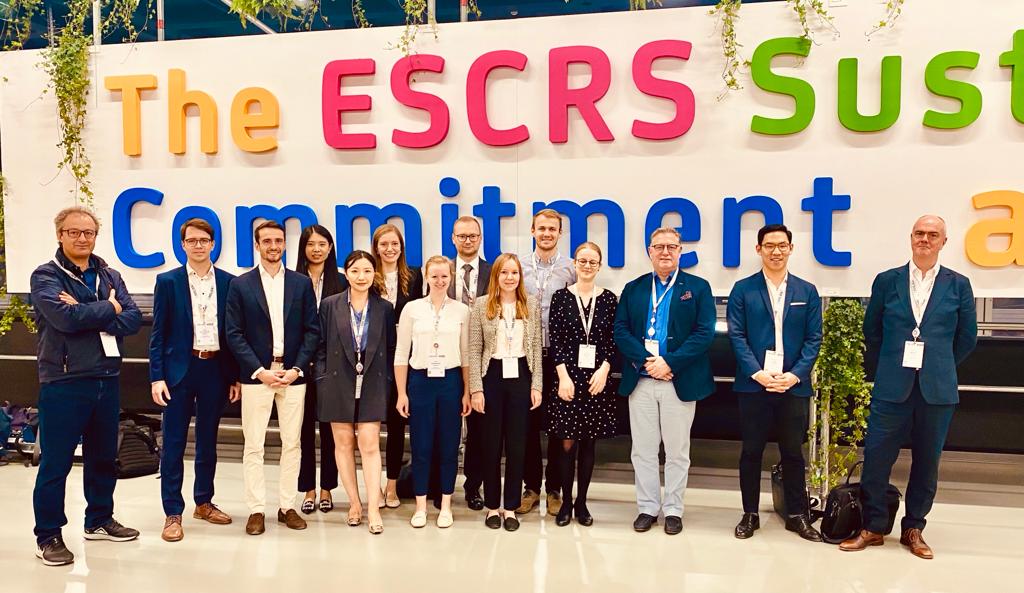Heidelberg 12 April 2023. Today, we would like to share our recent publication in the Ophthalmology Science journal of the American Academy of Ophthalmology.
Accomodation
The eye’s reflex action of Accommodation permits us to focus on a near object and then look at a distant object (or vice versa). The process consists of convergence, miosis and the change in the refractive power of the human crystalline lens (Accommodation). Even today, measuring the process objectively and dynamically remains challenging, especially the alteration in the eye’s refractive power.
The accommodation process is impaired in presbyopic patients and may also play a role in the pathophysiology of myopia. Thus, developing and establishing reliable methods to measure the dynamic accommodation process is the first step to understanding its role in disease.
What we did
In our study, we introduced Dynamic Stimulation Aberrometry (DSA) in a large group of 91 patients of varying ages. DSA is based on a continuous wavefront measurement during the process of accommodation. A periscope mirror system allows the presentation of one real near target to both eyes while still being able to measure one eye’s wavefront at a time constantly. Apart from a small pilot study in 2010 by Ehmer et al. led by Prof. Gerd Auffarth, this is the first time that the method was used in a larger cohort.
Our results

This figure depicts the XY-plots of the accommodative amplitude (black) of a 21-year-old patient (left) and a 45-year-old patient (right). The dynamic approach of the DSA method opens the possibility of seeing changes during the accommodation process in parallel with pupil motility. The red line depicts sigmoidal fitting used to quantify dynamic parameters in accommodative and pupillary response. We defined Maximum accommodation as the span between the top and bottom part of the curve.
The future
We produced results that we consider promising enough for our team at the David J Apple Laboratory and the IVCRC to plan follow-up studies. We presented our method at recent meetings and won the First Prize for Best Free Paper at the DGII meeting 2023 and the DOC 2022.
Please read the Ophthalmology Science journal full open-access article: https://www.ophthalmologyscience.org/article/S2666-9145(23)00041-6/fulltext
 Maximilian Hammer
Maximilian Hammer 
 Two Apple cores
Two Apple cores